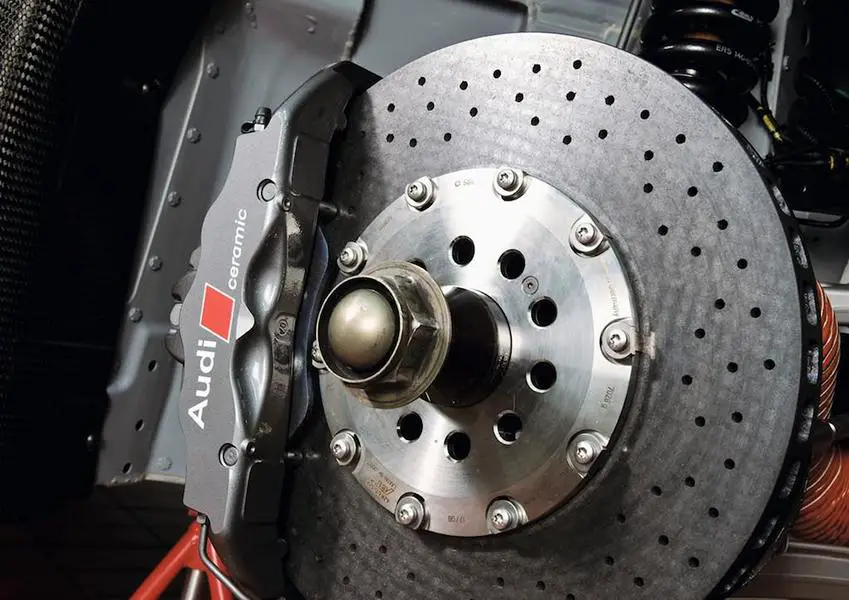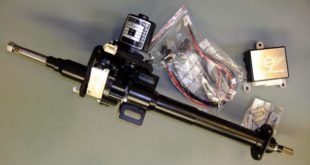What many don't know New brake systems (pads & discs) require a break-in phaseto develop their full performance and prevent long-term damage. A key element is the correct one Slow down for slices and Brake pads, two components that work optimally together haveto ensure perfect delay. Our article provides valuable information on how to properly break in your new brakes. First of all it is crucial, after that Changing the brake systems, Extreme, shock and violent braking in the first 300 km avoid. Moderate braking ensures gradual heating brake disc without thermal overstress and enables ideal Adjustment of the friction surfaces of the brake disc and brake pad.
Braking in new braking systems
For an effective break-in period (also known as “Browning") should about 30 stops from a medium speed of 100 km/h with a moderate delay until to approx. 50 km/h take place, each with a braking duration of maximum 3 seconds. Halfway through the braking maneuvers, the speed should continue to increase 25 km/h be reduced. There is one between braking operations Cooling time of at least 3 minutes to be adhered to, whereby the wind provides natural cooling. Of course, driving in is only advisable on roads that allow it to be done safely.
TIPP: Emergency braking must always be carried out with maximum brake pressure, even during the braking phase.
It should be noted that our braking instructions are of a general nature. In some cases, the vehicle manufacturer's or brake component supplier's manual may provide specific information Break-in cycles provide. It is therefore advisable to adhere to these specifications as a priority in order to ensure the longevity and effectiveness of the braking system. The structure and function of braking systems are complex, and their maintenance should be exclusively be carried out by specialist workshops. Incorrect braking can lead to point loads lead to the surface of the brake disc change and problems like Brake judder oder sogar Cracks in the slices can cause. The tips we mentioned above are intended to prevent such damage and ensure that the brakes offer the best possible performance right from the start and over a long period of time.
Braking in the ceramic brake system
The correct braking of a new one High-performance brake system is an important step to ensure their full functionality and longevity. Especially with special brake systems, such as one Carbon-ceramic brakes, the break-in phase extends over the first 1.000 km, while a break-in period of 300 to 500 km is recommended for standard high-performance brake systems. During the critical phase it is advisable to... ceramic brakes should be used carefully and moderately to enable even adjustment and optimal embedding of the brake components. Despite the restrictions, it is important to note that the full braking potential can and should be used in emergency situations. The safety of the occupants always has priority, even if the braking system has not yet fully applied. The specific braking recommendations are intended to avoid excessive thermal loading that could result in damage or suboptimal performance.
Braking process in the workshop
- Can the braking process begin in the workshop? Yes, workshops can initiate the braking process by, for example 20 complete stops from 50 to 0 km/h or carry out corresponding braking from 80 to 30 km/h. This is especially true with new, coated ones Brake discs recommended and is a basis for the customer to continue the process after taking over the vehicle.
Important information about overheating
- Why is it important to avoid overheating? Overheated Brake pads, especially when new, can suffer a permanent change in the material structure. This can have a negative impact on braking performance. Customers should therefore avoid heavy braking during the break-in phase to prevent the brakes from overheating.
The first 300-500 kilometers
- How should you brake in the first 300 kilometers? During the first 300 to 500 kilometers it is recommended easy but frequent to brake. Each braking operation increases the contact area between the brake pads and the discs, which leads to improved braking effectiveness in the long term.
What happens if you don't brake?
- What happens if you don't apply the brakes? Brakes that are not retracted can lead to uneven wear and damage to the friction surfaces. This is often manifested by squeaking or rough braking, known as Brake judder.
- What happens if you don't brake disc brakes? Without correct braking, disc brakes cannot develop their full performance. Noise, vibration and reduced braking performance may occur.
Problems with new brakes
- Why are my new brakes grinding? New brake pads and brake discs are often not optimally coordinated when delivered. The Slow down helps to adapt the pads to the brake discs. Heavy braking should therefore be avoided during the first 300 to 500 km to facilitate grinding in and avoid overuse.
That wasn't it yet!
In our Auto Repair Category you will find advice and instructions on common vehicle defects, repairs and the installation of accessories/tuning parts.
 tuningblog.eu Your magazine about tuning the car
tuningblog.eu Your magazine about tuning the car



